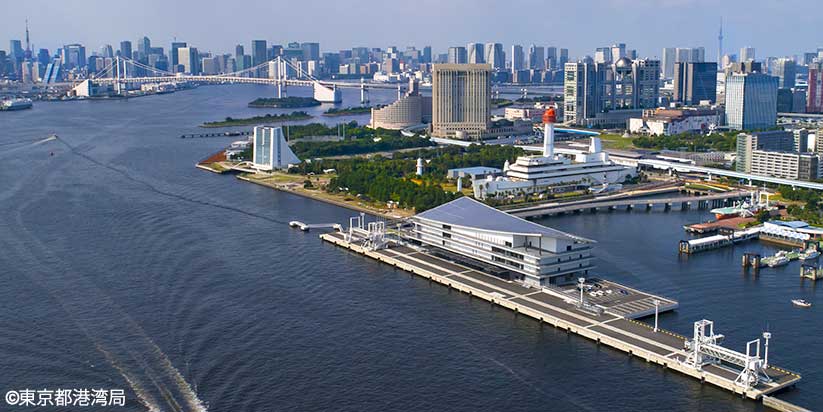
by Philbert Ono, updated: May 5, 2023
Centrally located in Tokyo Bay and being at the mouth of multiple major rivers, Tokyo has been a busy port town for centuries. However, it did not open up to international trade like Yokohama did and therefore never really developed a strong identity as a port city like Yokohama. Tokyo has always been more strongly identified as Japan’s main castle town and later the city of the Imperial Palace.
The 19th-century samurai government wanted to keep foreigners away from the nation’s capital, so Yokohama was opened up instead of Tokyo. Yokohama was also given priority for port development in the late 19th century. As a result, Tokyo’s harbor and port development initially lagged behind Yokohama’s.
The Great Kanto Earthquake in 1923 finally spurred the full-scale development and modernization of Tokyo Port with the construction of Hinode Pier in 1925, Shibaura Pier in 1932, and Takeshiba Pier in 1934. In May 1941, Tokyo Port finally opened up to international trade, 80+ years after Yokohama. However, World War II soon disabled the port. After the war, the port was requisitioned by the Allies during the occupation.
In 1955, Harumi wharf was built (later the site of the Harumi cruise ship terminal and Tokyo 2020 Olympic/Paralympic Village), and in 1967, Japan received its first fully containerized cargo ship (Hawaiian Planter) at Shinagawa Pier.
Tokyo Port development took off from the 1960s. Today, Port of Tokyo handles about one-fourth of Japan’s container cargo volume going in and out of the country.
In 1991, Harumi Passenger Ship Terminal (晴海客船ターミナル) opened on Harumi Pier for cruise ships. It coincided with the 50th anniversary of Port of Tokyo’s opening to international commerce. Two years later in 1993, Rainbow Bridge opened to traffic. This bridge would soon hobble the nearby cruise terminal since it was too low for most mega-cruise ships to pass under to reach Harumi.
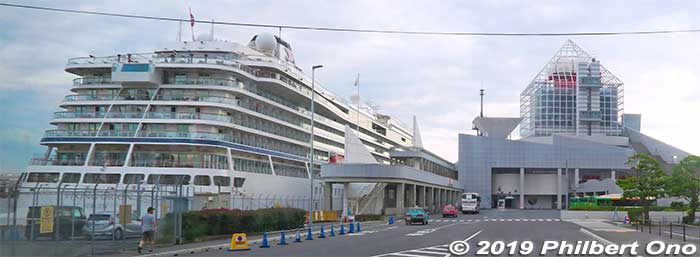
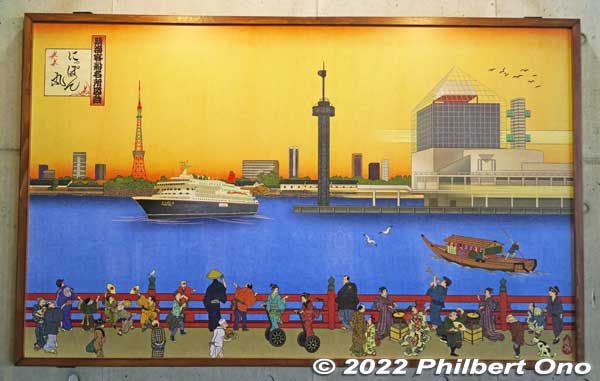
Rainbow Bridge was built high enough for Queen Elizabeth 2 to pass under. Ironically though, the QE2 never sailed under Rainbow Bridge.
To resolve the problem with Rainbow Bridge, the new Tokyo International Cruise Terminal (東京国際クルーズターミナル) was completed in June 2020 outside the bridge in Odaiba in time for the Tokyo 2020 Olympics. Sadly, it was never used during the Games since no hotel ships were necessary after spectators were banned from the Olympics and Paralympics.
After serving as a facility for the Tokyo 2020 Olympic Village in summer 2021, the old Harumi Passenger Ship Terminal was shut down and torn down in 2022 after 30 years of service.
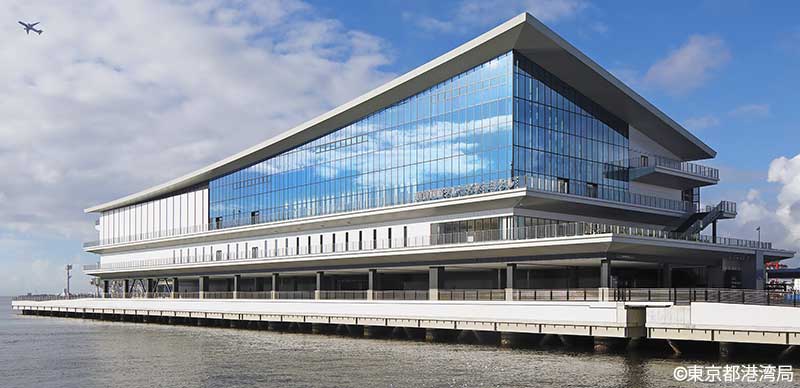

Tokyo International Cruise Terminal opened for business in September 2020 (delayed from July). The first ship to use the new terminal was Nippon Maru cruise ship when it departed the terminal on December 4, 2020 for a one-night cruise. Nippon Maru is homeported in Tokyo.
The new terminal was hardly used during the COVID-19 pandemic as international cruise ships could not visit Japan. The huge cruise terminal building is usually open to the public, but you might be the only one there. Cruise ships arrive very infrequently since they favor Yokohama.
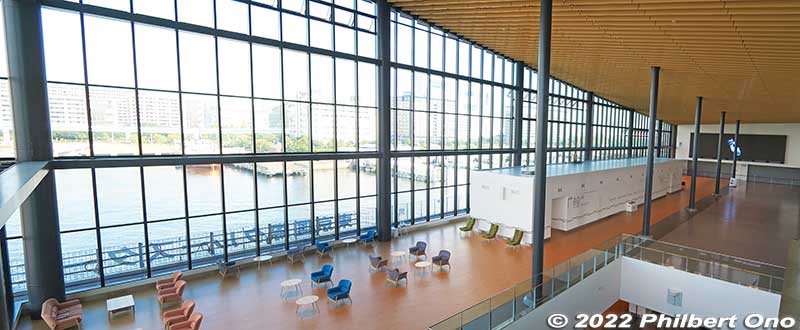
When international cruise ships dock here, Tokyo’s new cruise terminal will work well. It’s close to central Tokyo and near the Yurikamome Line (Tokyo International Cruise Terminal Station, formerly named Fune-no-kagakukan Station until March 2019) which can take you to Shimbashi and the Odaiba area. This location is actually more convenient than the old terminal at Harumi which only had local buses.
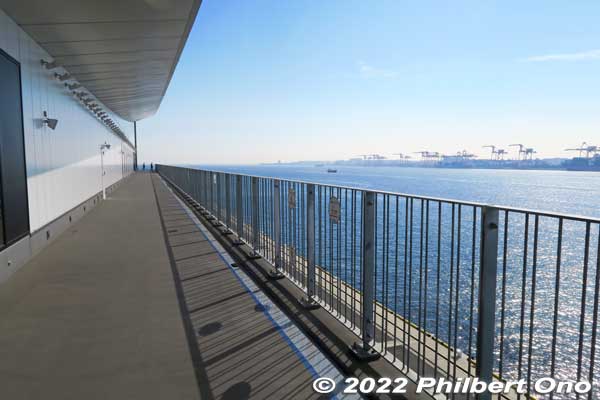
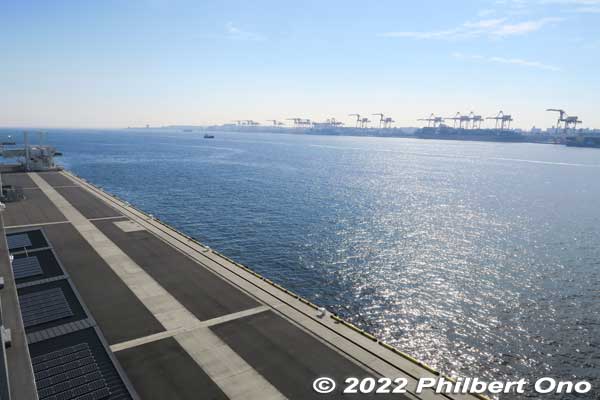

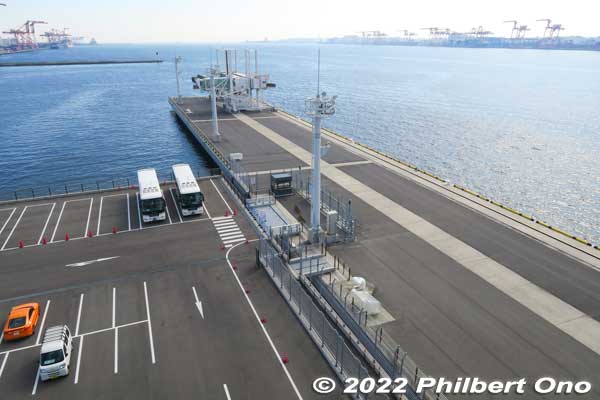

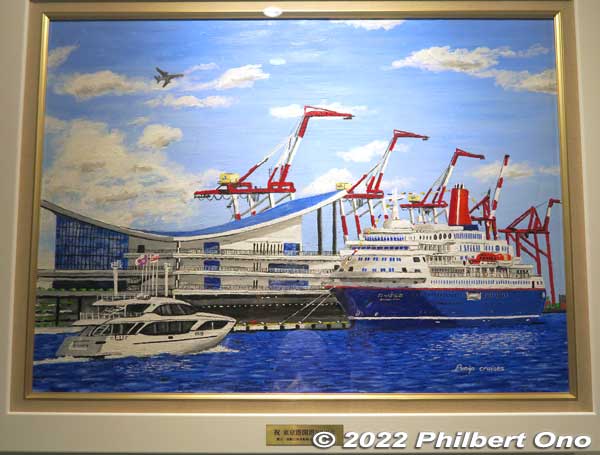

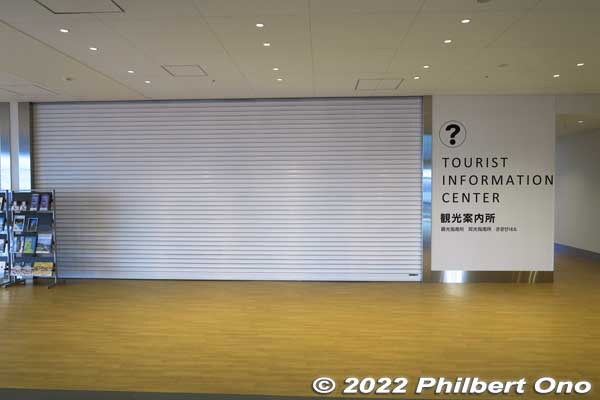
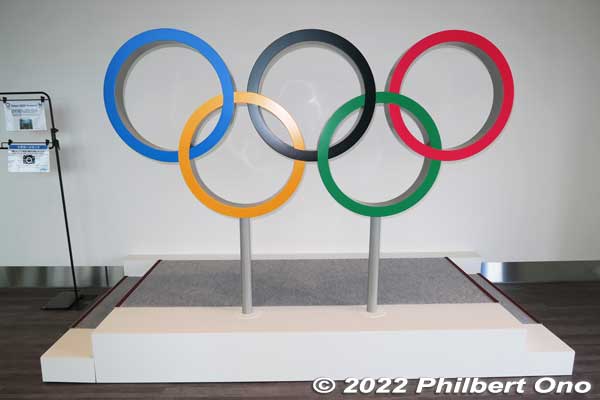
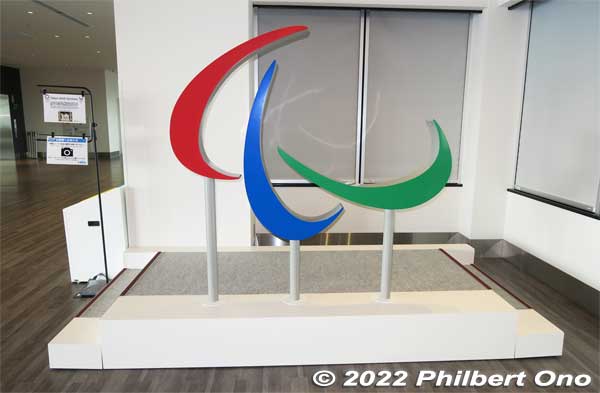
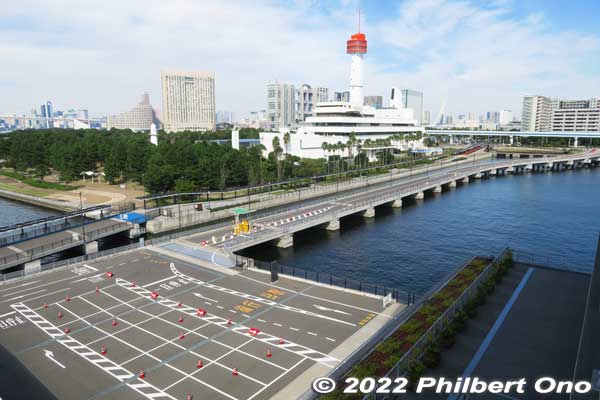
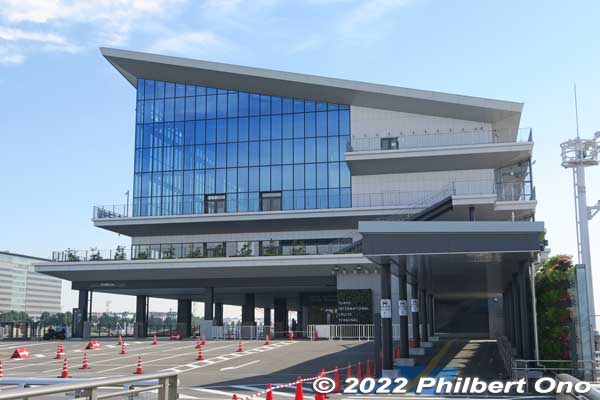
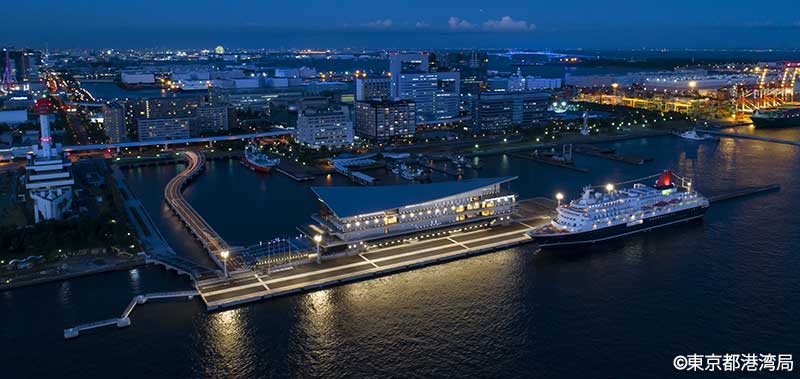
Tokyo Port (Odaiba) shore excursions on foot
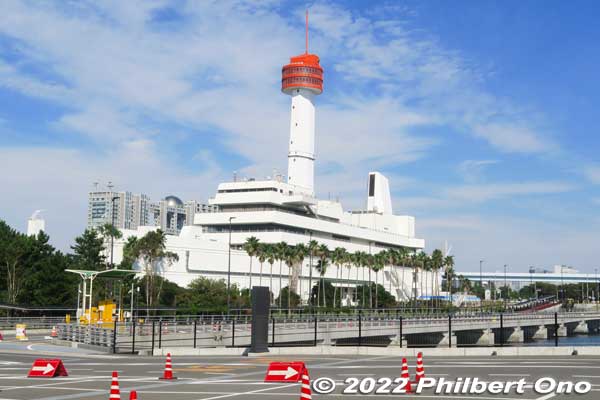
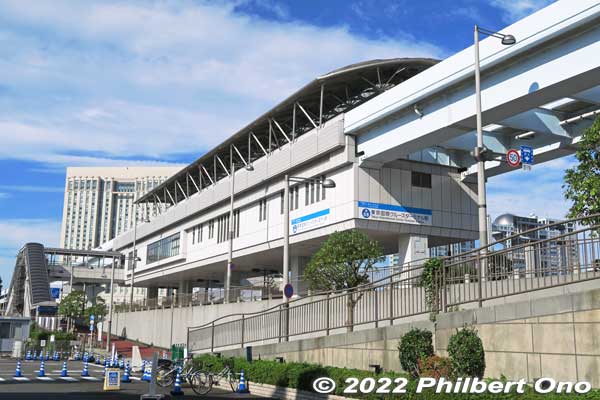
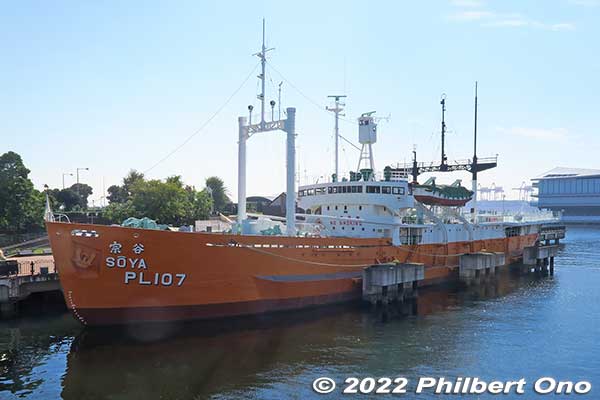
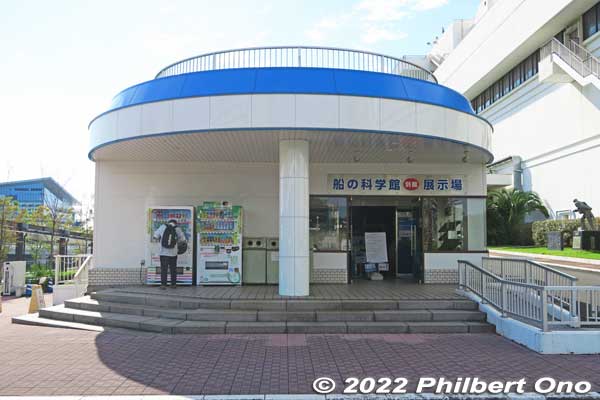

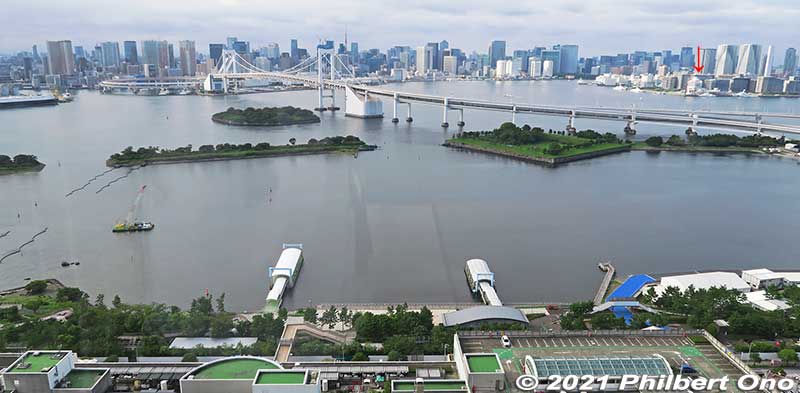
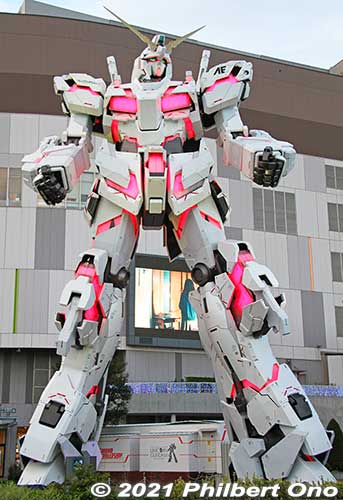
- Museum of Maritime Science (船の科学館) – Large, white, ship-shaped building near the new cruise terminal. It has closed due to old age. This building was the first to pop-up in this Odaiba area in 1974 when Odaiba had almost nothing. It now has a few museum ships on display.
- Tokyo International Cruise Terminal Station – Yurikamome Line can take you around Odaiba and to Shimbashi and Toyosu.
- Odaiba – Waterfront area with shopping malls (Diver City, Aqua City), Gundam statue, Statue of Liberty, waterfront parks, hotel, and sandy beach. Triathlon and marathon swimming venue for the Tokyo 2020 Olympics and Paralympics. Major attraction in Tokyo.
- Fuji Television Network, Inc. – Odaiba’s most distinctive building. The top floor has a lookout deck with bird’s eye views of Odaiba.
- Rainbow Bridge – You can walk across the bridge when weather permits.
- National Museum of Emerging Science and Innovation – Science museum nicknamed “Miraikan.” Mostly exhibits on outer space exploration.
- Shiokaze Park – Waterfront park with a grassy lawn. Beach volleyball venue for Tokyo 2020 Olympics. Venue has been dismantled.
- In Odaiba, Venus Fort, Pallette Town, and the big ferris wheel have closed to be torn down.
Also see: Yokohama Port | Kobe Port | Hakodate Port
Official website: https://www.tptc.co.jp/terminal/guide/cruise
Cruise ship arrival/departure schedule: https://www.kouwan.metro.tokyo.lg.jp/kanko/cruise/nyukou/
Tokyo Bureau of Port and Harbor: https://www.kouwan.metro.tokyo.lg.jp/kanko/cruise/
If you live in Tokyo, the metropolitan government sometimes offer discounted cruise fares on Japanese luxury cruise ships. The cruises go to places like Ogasawara islands and Ise-Shima. More info here (in Japanese).
Cruise Port Guide (Tokyo): https://www.mlit.go.jp/kankocho/cruise/detail/018/
Content Navigator
Ports for Cruise Ships in Japan
- Cruise ship departure ports
- Japan’s popular ports of call
- Shore excursions
- Mega-ships and harbor bridges
- Japanese port history
- Port town songs
- Major Japanese Ports: Yokohama | Tokyo (Current page) | Kobe | Hakodate | Nagoya | Kanazawa | Toyama | Amami-Oshima Naze | Yakushima Miyanoura
- Ship comparison
- Japanese cruise ship advantages
- COVID-19 protocols
- Basic cruise rules
- Safety Record
- FAQ
- Asuka II
- Nippon Maru
- Pacific Venus
State of Japanese Cruise Industry in mid-2022
- COVID-19 not over yet
- International cruise ships in Japan
- Japan still closed to international cruising
- Essential Japanese Vocabulary

